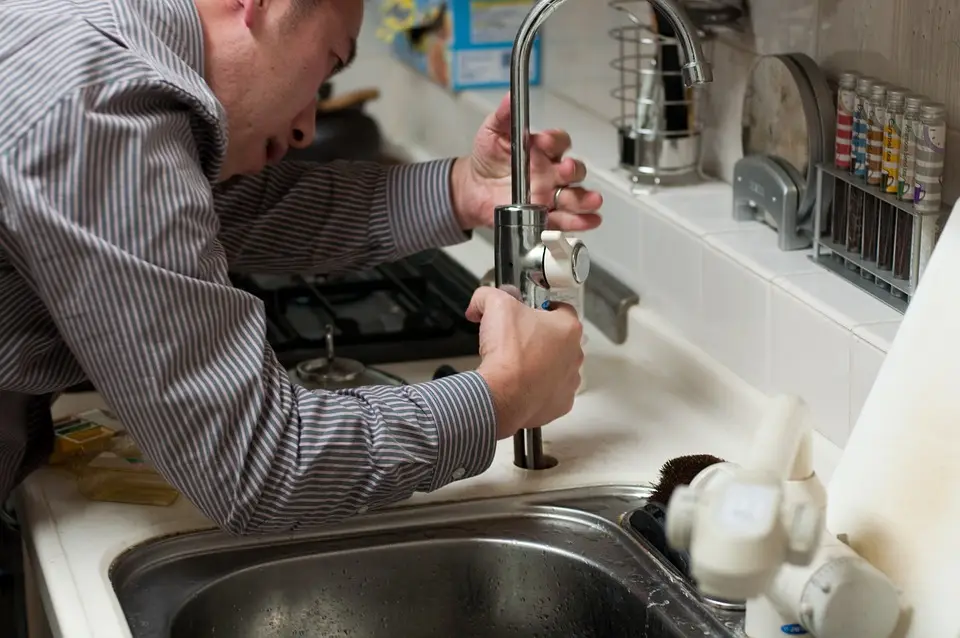
Upgraded Plumbing System in Aspen
An upgraded plumbing system allows you a well-maintained sanitary or venting system to drain out excess water. Plumbing fixes broken pipes and installs or replaces them with new appliances. Plumbing does not incorporate the installation of water-softening equipment or plumbing fixtures. A modern plumbing system consists of – a good source of water supply, a well-maintained drainage system and other upgraded tools.
Plumbing System: An Overview
The plumbing system of a house consists of two main parts. One subsystem allows the flow of freshwater and the other helps the waste water to go out. The water entering our homes has a lot of pressure in it. This pressure allows the water to move up the walls and around the corners. A water meter registers the amount of water that flows out.
The main valve is located in close proximity to the meter. In a time of emergency, it is important to shut off the main valve. If there is a burst pipe, it is important to shut off the main valve to restrict flooding.
Individual stop valves are a must to resist the entire cut-off of the water supply in the house.
Plumbing System: The Pipes
The main water system is always ready to supply you with cold and fresh water. On the other hand, the hot water supply requires a step further. One specific pipe carries the cold water to the water heater. Hot water flows to all the outlets throughout the home. The average temperature of a water heater is between 140 degrees Fahrenheit to 160 degrees Fahrenheit. In most homes, 120 degrees Fahrenheit is enough and more convenient economically. A few dishwashers require a temperature of 20 degrees Fahrenheit.
The Different Types Of Plumbing Systems
-
The Drainage System
Drainage systems are independent of pressure, unlike supply systems. Waste matters travel toward the sewer in a downward direction. Gravity pulls the waste and toxic materials downwards. The sewer line pulls the waste materials further down toward the septic tank.
The most important part of a drainage system is the traps. Traps are there beneath every sink. Water flows through the traps out to the main drain pipes. The leftover water in the traps helps to prevent the sewer gas to spread into the household.
-
The Supply And Drainage System
Supply and Drainage systems are different with nothing overlapping them. There are different pipes connecting both. In plumbing terms, a fixture is a bridge that separates the supply and drainage systems.
Washing machines, toilets, and sinks are all a form of fixtures. Fixtures help to carry out freshwater and discharge the wastewater to its desired location. The supply system and the drainage system are segregated.
Several fixtures come with their own safety valve so you do not require to shut them while repairing. It is important for every family member to know where the main valve is located and also the process to use it.
The Different Types Of Pipes For Plumbing Systems
-
The PEX Pipes
Cross-linked polyethylene or PEX Pipes help in the water supply. These pipes can withstand the force or water and are flexible enough to weave through the ceiling, walls and even the basements.
They vary between ½ to ¾ inches in diameter and can be easily cut and joined. Blue-colored PEX Pipes are for cold water and red for hot water.
-
Polyvinyl Chloride Pipe (PVC Pipes)
PVC Pipes carry out the wastewater. Lighter, cost-friendly and easy to work, PVC pipes have been dominating the plumbing industry for a while now. These pipes are easy to cut and can be glued together with the help of solvents.
-
Copper Pipes
Copper pipes are lustrous and shiny with a reddish-brown appearance. Copper pipes minimise the health risks compared to other pipes and are easy to install too. Compared to plastic pipes, these are fairly expensive.
-
Acrylonitrile Butadiene Styrene or ABS Pipes
Similar in looks to the PVC pipes, ABS pipes are sightly black in color and much softer. These are somewhat dyeable but when under the sun for a prolonged period, it gets warped and degraded. ABS pipes are economical.
-
Flexible Pipes or Flexi Pipes
Flexi pipes are made of stainless steel and are mostly used for tubing purposes. These are connected to water heaters, sinks and toilets. These pipes come in various lengths and sizes and can wear away with time. Flexi pipes are not usually used for floors or walls.
Get The Best Plumbing System At ECOS
ECOS Environment & Disaster Restoration has a team of equipped specialists who knows the perfect way to do their job!
Having an experience of more than 12 years, we strive to deliver 100% satisfaction to our clients.
Call us at 1-888-506-3165 for your plumbing issues or check out our website at https://ecosenvironmental.com/plumbing/ for further information.
